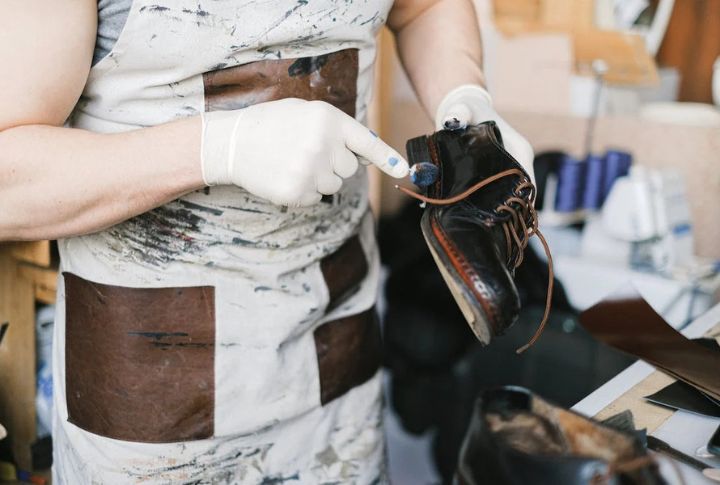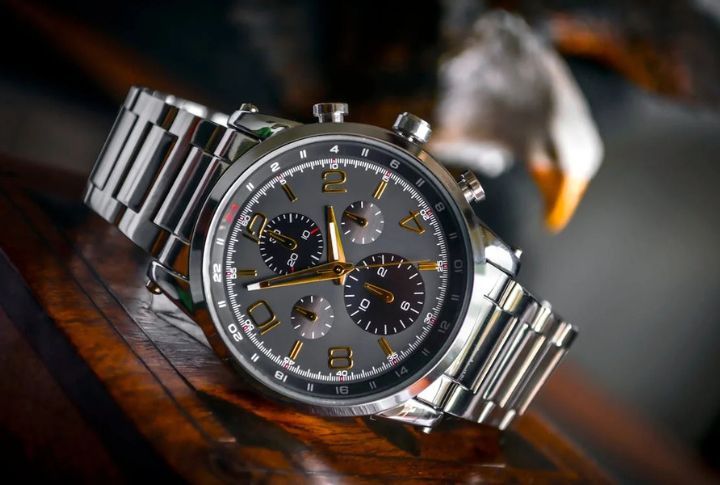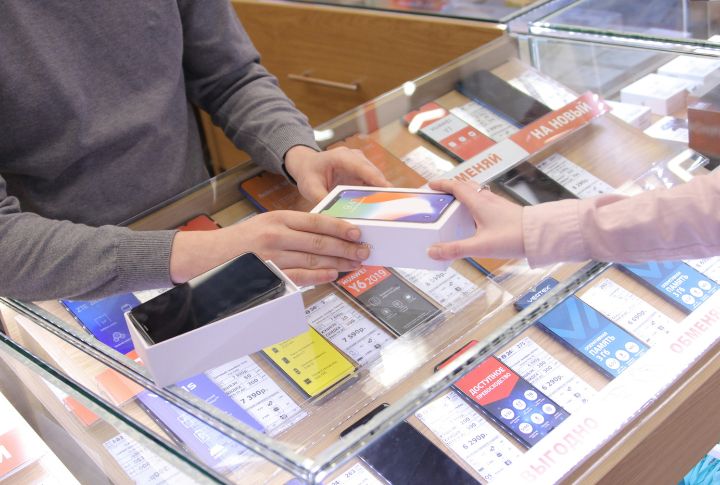
Remember when fixing something felt like a tiny win? It gave us a sense of accomplishment. These days, we toss without blinking. It’s not just about convenience. It’s a mindset shift. Let’s explore what changed and how we’ve moved away from valuing repair and longevity.
Shoes

Cobblers would re-heel rubber soles and stitch leather uppers, giving shoes a second life. As synthetic materials and glued construction dominate, repairs have become less common. The art of fixing shoes fades into the background, replaced by the ease of cheap replacements.
Small Kitchen Appliances

Blenders used to have character. You’d curse it, bang it a few times, then fix the blades or replace the cord. Now, even the slightest malfunction leads to tossing it out. Nobody wants to fiddle with screws anymore, and warranties now expire before your smoothie dreams get achieved.
Clothing

People once darned socks and patched elbows without hesitation, and this provided tailors with steady work. But with fast fashion, repair has lost its charm. Clothes generally wear out faster and are often discarded instead of being mended.
Headphones

One frayed wire, and it’s game over. You’d think a $100 pair deserves a second chance. Nope, into the drawer of obsolete tech, it goes. Remember when rewiring your buds made you feel clever? Recently, companies glue the insides shut like it’s some secret treasure.
Umbrellas

Umbrellas don’t get second chances these days. Cheap and flimsy—one bent rib or small tear, and it’s done. The old wooden-handled ones stuck around, while the ones of today snap off when the wind blows. Fixing it takes time, and replacing it costs five bucks, so oftentimes, it doesn’t get fixed any more.
Furniture

Gone are the days of preserving furniture. Rather than fixing a broken chair, we opt for quick, flat-packed solutions. What was once a craft is now a commodity, with every piece barely lasting long enough to get comfortable before it’s replaced.
Watches

Watches were once passed down through generations. A stopped secondhand usually sparked a repair, not a replacement. But now, smartwatches fade and disappear, just another gadget with a shelf life. Nobody polishes that cracked screen with care anymore.
Lamps

You know the feeling of “bulb’s fine, but the light won’t turn on.” It could be a switch or something with the cord. Instead of checking, you drag it to the curb. Quick disposal feels cleaner and easier. Safer, even. That little “what if I can fix it” whisper? You ignore it. Then, out it goes.
Toys

A squeaky wheel or a missing button used to mean Dad’s toolbox would come out to be used for fixing the toys. Today, a broken toy heads to the trash faster than a kid loses interest in it. No one bothers to fix it, as fast delivery options make replacements too easy.
Mobile Phones

Once, we swapped batteries and tightened a screen. Now, cracked glass equals a new phone. The upgrade cycle rolls on, fueled by hype and habit. Although the slightly damaged device in your pocket might still work, the next shiny one at gadget stores always promises just a bit more, given how good it looks.
